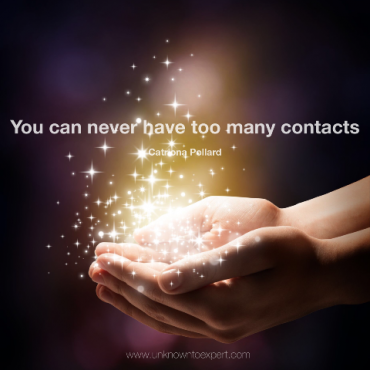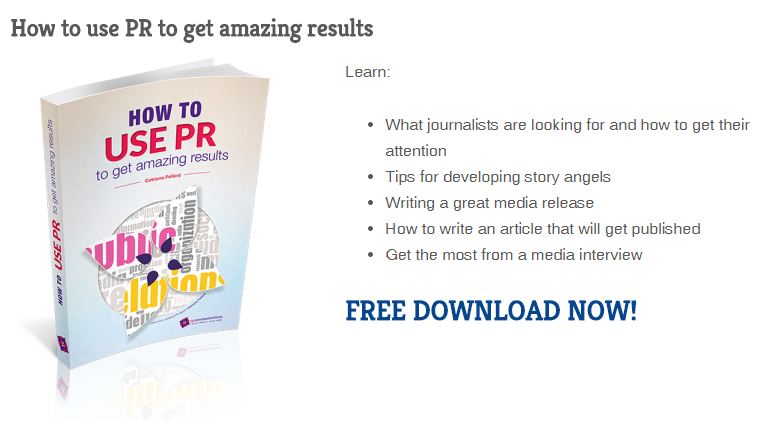 Media releases are a tried and tested PR tactic used to get your story in the media and is one of the most common ways to communicate with a journalist.
Media releases are a tried and tested PR tactic used to get your story in the media and is one of the most common ways to communicate with a journalist.
A common mistake is to send out a blanket email with your media release to hundreds of journalists in the hopes you will receive coverage. Journalists receive hundreds of media releases a day and if it’s not in their area of interest, chances are they won’t read it.
To increase your chances of obtaining media coverage, invest time in creating a targeted media list.
Media lists are designed to help pinpoint your key media contacts in your industry who would be interested in your media releases and story angles.
Find out below how targeted media lists can help you achieve the media coverage you deserve.
1.Speak to your audience
Before emailing journalists, you need to decide who your target audience is and how best to reach them. Start by researching what your target audience is interested in and how they prefer to consume information including blogs, websites, TV programs, newspapers or magazines.
For instance, if your target audience is predominately stay-at-home mums, you would look at directly targeting your media pitches and media releases to women’s magazines and mummy bloggers.
By determining how your target audience consumes information, you can target specific media outlets to increase the chances of your media release or story angle being published and seen by your audience.
2.Get the attention of journalists
Conducting research is essential to help determine what media outlet and journalist to target when sending your email pitch, as this helps increase the chances your email will not only be read but also acted on.
For instance, if you are looking to send a media pitch to the technology section of the Sydney Morning Herald, you would need to find the journalist who covers that particular section.
Take note of the frequency the media outlets publish or produce new content, for instance a blog may publish posts daily but a magazine will often be published monthly. Understanding the editorial calendar and the deadlines of the media you’re targeting will give your story the best chance of landing.
3.Create relationships
Targeted pitching is a great way to not only understand what media outlets your audience engages with, but is also an opportunity to build relationships with journalists.
By understanding the journalist’s objective [to write a story that will be of interest to their readers], you are able to provide targeted and relevant content. If you provide consistent and relevant content to a journalist on a regular basis, chances are you will create a mutually beneficial relationship. This will help to increase your chances of gaining media coverage and provide the journalist with consistent and relevant content for their readers.
4.Save time
When it comes time to pitch a media release or story angle, if you have a media list already prepared you are able to easily send your news or pitch to the journalists that matter to you.
As everyone knows, time is money. To ensure you are saving time when pitching, create your media list in an Excel spread sheet. This will enable you to search for media outlet and journalist details easily, including the name of the media outlet, contact person, job title, email address and phone number.
It is also a good idea to categorise your list into different sections or tabs for the type of media outlet. For example, you could create a section with your blogging contacts and a separate section for your magazine contacts.
Media lists are an effective way to increase your opportunities for media coverage and build relationships with journalists. Even though we often spend the most time on developing the media release or story angle, if you don’t send it to the correct journalists, then it isn’t going to be successful.
Learn more about media lists and pitching in this FREE ebook, “How to use PR to get amazing results”. Download now!
Sydney Public Relations Agency, CP Communications provides specialist media, traditional and online PR strategies that get amazing results. Contact us today. For more great tips visit our website www.cpcommunications.com.au.

